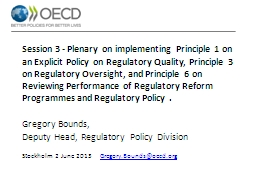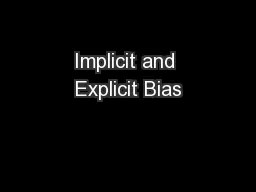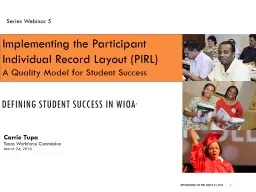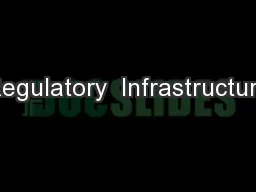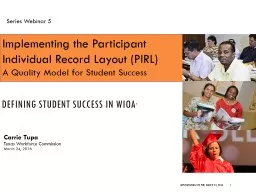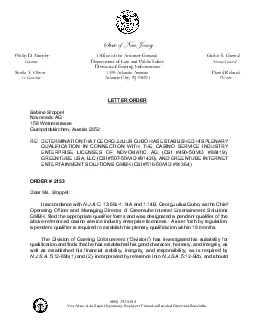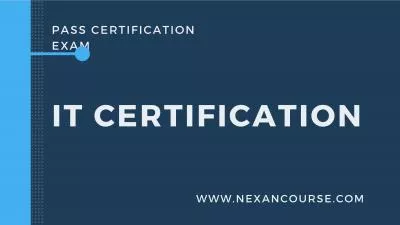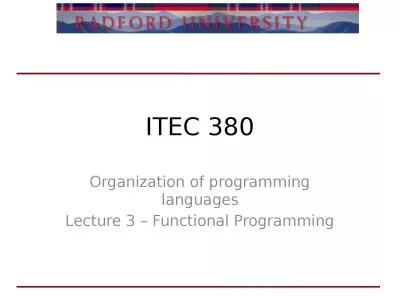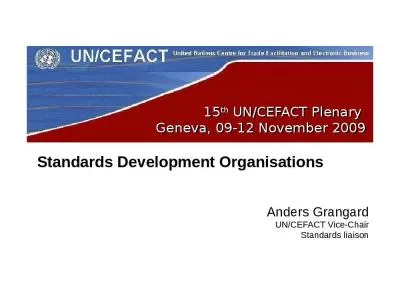PPT-Session 3 - Plenary on implementing Principle 1 on an Explicit Policy on Regulatory Quality,
Author : bency | Published Date : 2023-11-03
Programmes and Regulatory Policy Gregory Bounds Deputy Head Regulatory Policy Division Stockholm 2 June 2013 GregoryBoundsoecdorg For all Governments improvements
Presentation Embed Code
Download Presentation
Download Presentation The PPT/PDF document "Session 3 - Plenary on implementing Pri..." is the property of its rightful owner. Permission is granted to download and print the materials on this website for personal, non-commercial use only, and to display it on your personal computer provided you do not modify the materials and that you retain all copyright notices contained in the materials. By downloading content from our website, you accept the terms of this agreement.
Session 3 - Plenary on implementing Principle 1 on an Explicit Policy on Regulatory Quality,: Transcript
Download Rules Of Document
"Session 3 - Plenary on implementing Principle 1 on an Explicit Policy on Regulatory Quality,"The content belongs to its owner. You may download and print it for personal use, without modification, and keep all copyright notices. By downloading, you agree to these terms.
Related Documents

